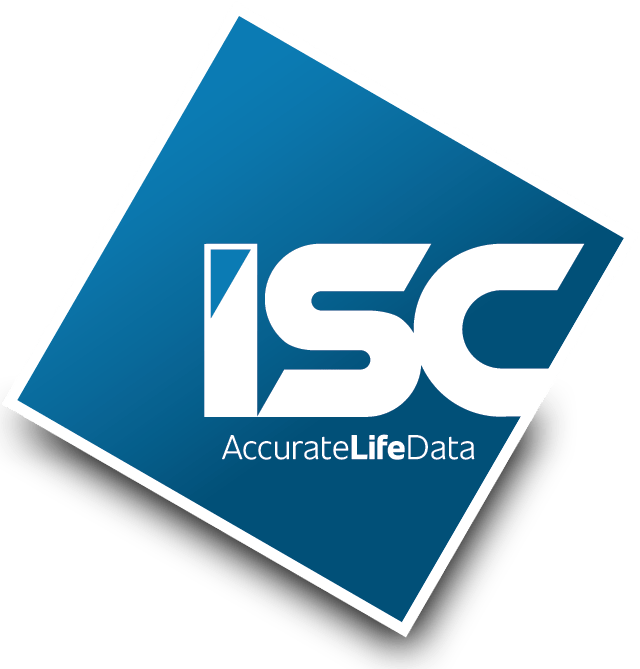No research-driven algorithm or method can generate 100 percent certainty when predicting the future. However, ISC has dedicated itself to formulating longevity risk assessments with high accuracy by collecting, distilling, organizing, analyzing, and summarizing large amounts of personalized lifestyle data and medical histories for each insured. This approach yields longevity risks that are customized for each client and far more accurate than the “calculator is the key” strategy often employed by the life insurance industry.
Can Life Expectancy Analysts Provide Certainties?
The longevity risk results are accurate, but are they certain? At ISC, we define certainty as “consistency,” since we perform our underwriting services similarly to how life insurance companies calculate life expectancy. However, there is a major differentiator: our focus is on micro-longevity, the risk factors affecting one specific individual, since life insurance company data has not yet measured these individuals who are approaching or beyond the age of insurability. Life insurance companies usually rely on macro-longevity.
ISC Services Chief Development Officer Chris Conway recently explained the differences to Life Risk News, “There are huge differences between “macro-longevity” and “micro-longevity.” Life expectancy underwriting in the life settlement sector evaluates “micro,” as in individual longevity risk. We are trying to forecast the lifespan of a single individual…[using] a proprietary underwriting manual with research-driven guidance.” In this way, the individual factors affecting the insured’s projected life span are weighted and calculated for a personalized, more accurate assessment, providing consistency in our evaluations, and far greater accuracy than relying on macro-longevity data. This consistency does produce a high degree of certainty.
The Role of Population Models in Enhancing Life Expectancy Reports for Financial Planning
While population models frequently power the free calculators that determine longevity risk, there are several reasons why they should not be used as the sole source of life expectancy. First, they measure a population not currently being evaluated and they provide an average or mean that does not correlate to individual cases. Further, they are updated infrequently, since changes must be based upon empirical analysis of work conducted over long time periods. Conway dives deeper into ISC’s thought process behind eschewing these population tables in favor of utilizing individual-level data to formulate accurate models: “…In our view, consistency and scalability are far more important in the long term. Each individual case is unique with an array of variables. We get hundreds or even thousands of pages of medical records for each insured. This “raw data” must be digitized, organized, and summarized — truly distilled into a meaningful summary. We seek to “know” what is and is not meaningful with respect to the insured, their lifestyle and capabilities, and their medical health.” While population data can then be used for comparison, it is not used as the base for generating models.
Should Life Settlement Firms Be Included in End Investors’ Due Diligence?
This question addresses an area ripe for enhancement. Whether because they are unaware of how to conduct due diligence on companies with which they are unfamiliar, or don’t think to include life settlement firm feedback in their preparation for a life settlement, many investors do not consult firms during their due diligence process. This significantly decreases their chances of getting the best settlement since they will not have access to the most accurate information for their unique situation and therefore won’t be fully informed coming to the negotiation table.
ISC believes it is important for the insured to take the time to understand the underwriting process. However, Conway cautions, “All underwriters do not assess risk the same way and investors need to understand the bases for a given underwriter’s approach. Evaluating a life expectancy underwriting company takes time, experience, and a fairly strong background in underwriting, not math. The tables matter, but the risk assessment process is the critical first step.” Having a deep understanding of the process is key to a successful life settlement, and we encourage insureds to seek out this guidance.
Obtain An Accurate Longevity Risk Assessment for Your Financial Planning Clients
With over 80 years of combined experience, ISC Services has evaluated more than 40,000 insured individuals and issued over 60,000 individual longevity risk assessments since 2005. Our expert underwriting team employs a proprietary method to examine each individual’s comprehensive profile to generate the most accurate longevity risk, providing data in which life settlement administrators, financial advisors, and senior living professionals can be confident. Reach out today to find out more about our process or talk to a life settlement expert.




